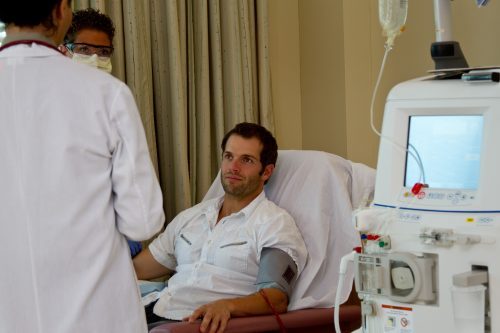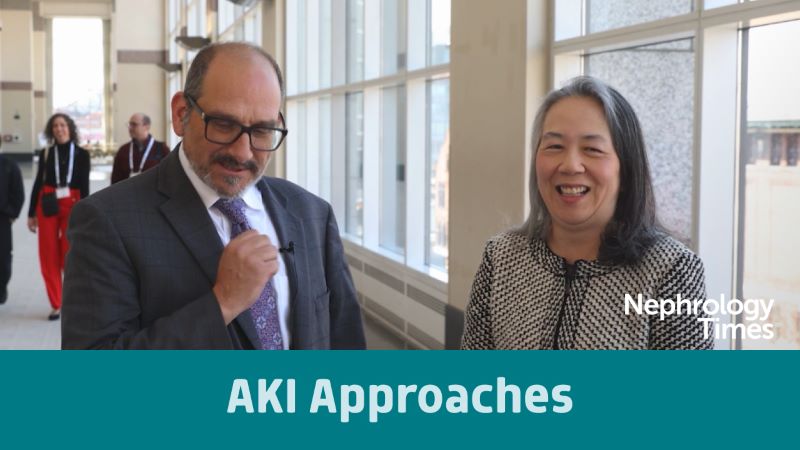Acute kidney injury (AKI) is a common and significant complication in patients with COVID-19. According to Marina Wainstein, MBBS, and colleagues, there are few data available on the incidence and impact of AKI occurring in the community or early in the hospital admission. The traditional Kidney Disease Improving Global Outcome s(KDIGO) definition of AKI may not identify patients whose hospitalization coincides with recovery of AKI as manifested by a decrease in serum creatinine.
Dr. Wainstein et al. conducted a study to test the hypothesis that more cases of PLOS Medicine. doi.org/10.1371/journal.pmed.1003969 in patients with COVID-19 would be identified using an extended KDIGO definition (eKDIGO), adapted from the International Society of Nephrology (ISN) Oby25 studies, and that the cases may correspond to community-acquired AKI with similarly poor outcomes as previously reported in that patient population [PLOS Medicine. doi.org/10.1371/journal.pmed.1003969].
The study included patients who were admitted to 1609 hospitals in 54 countries with SARS-CoV-2 infection from February 15, 2020, to February 1, 2021. The incidence, staging, and timing of AKI were evaluated using a traditional KDIGO definition and an eKDIGO definition. The eKDIGO definition incorporated a commensurate decrease in serum creatinine.
Patients with eKDIGO outcomes, i.e., admission to the intensive care unit (ICU), invasive mechanical ventilation, and in-hospital death, were compared for all three groups of patients (those identified with KDIGO definition, those identified with eKDIGO definition, and those without AKI). Following adjustment for disease severity and AKI susceptibility, survival curves and logistic regression were used to assess the relationship between eKDIGO AKI and in-hospital death.
The final analysis cohort included 75,670 patients. Median length of stay was 12 days. There were twice as many patients with AKI identified by eKDIGO than by traditional KDIGO (31.7% vs 16.8%). Patients in the eKDIGO group had a greater proportion of stage 1 AKI (58% vs 36% in KDIGO patients). Peak AKI occurred early in the admission more frequently among patients in the eKDIGO group than among those in the KDIGO group.
Compared with patients without AKI, patients in the eKDIGO group had worse renal function on admission, more in-hospital complications, higher rates of admission to the ICU and invasive ventilation, and increased mortality. Mortality and rate of ICU admission were lower among patients in the eKDIGO group than among those in the traditional KDIGO group, but were significantly higher when compared with patients in the group without AKI.
In conclusion, the authors said, “An extended KDIGO definition of AKI resulted in a significantly higher detection rate in this population. These additional cases of AKI occurred early in the hospital admission and were associated with worse outcomes compared with patients without AKI.”







 © 2025 Mashup Media, LLC, a Formedics Property. All Rights Reserved.
© 2025 Mashup Media, LLC, a Formedics Property. All Rights Reserved.